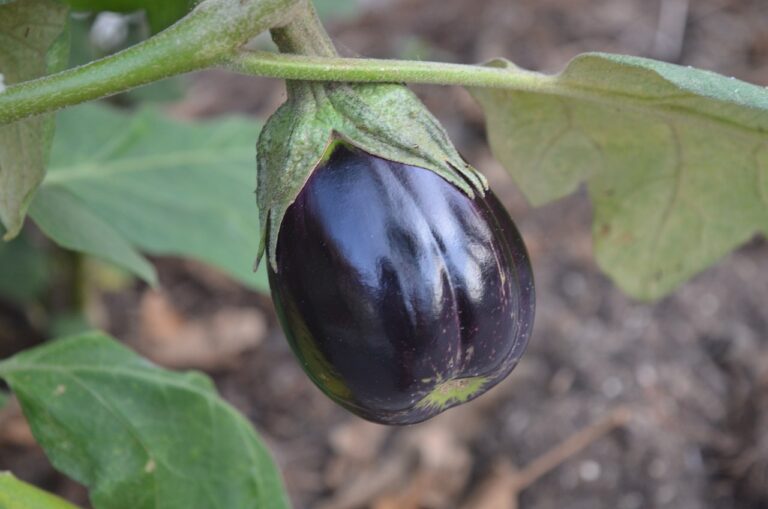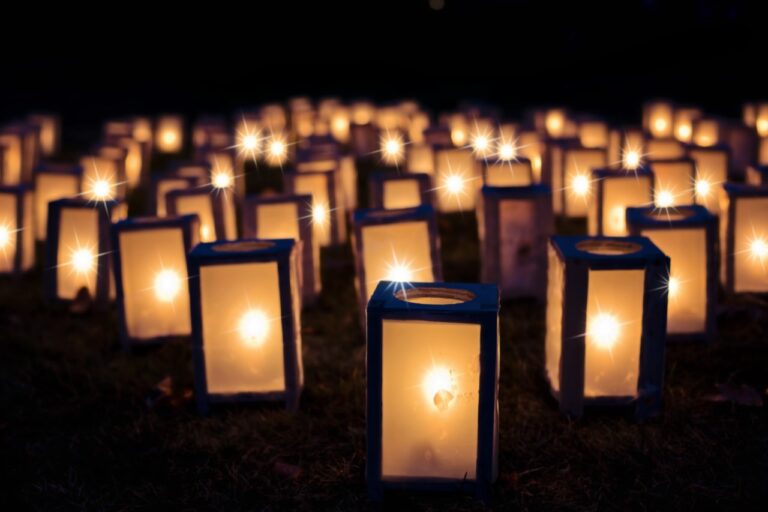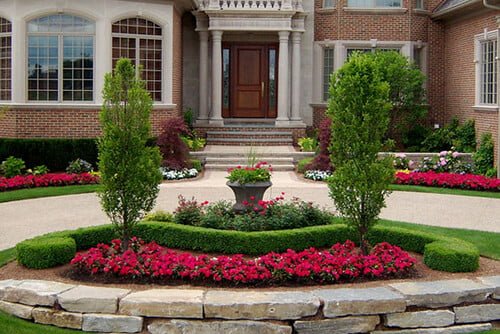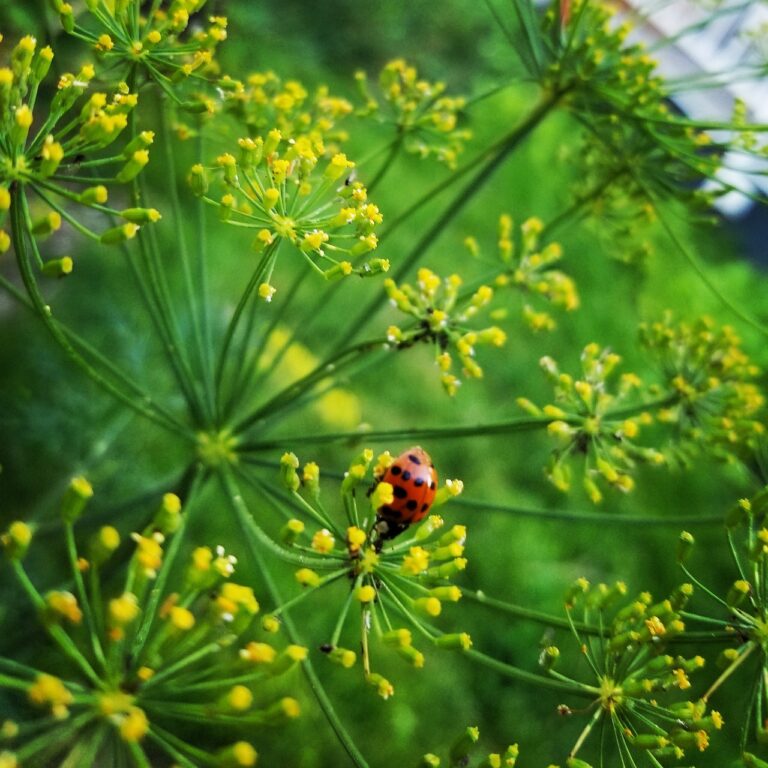Seasonal Landscaping: Choosing the Right Plants and Features for Each Season
Looking to spruce up your outdoor space with the perfect plants for each season? From vibrant spring blooms to hardy winter shrubs, this guide has got you covered. Learn how to choose the right flowers and features to keep your landscaping looking fresh and inviting year-round. With practical tips and detailed insights, you'll be ready to create a beautiful and ever-changing landscape that will impress and delight.
Spring: Choosing Flowers and Bulbs
When planning your spring landscaping, select flowers and bulbs that thrive in the changing weather conditions. Opt for daffodils, tulips, and hyacinths as they are well-suited for the spring season. These plants not only add vibrant colors to your garden but also require minimal maintenance. Ensure that the soil is well-draining and rich in nutrients to support the growth of these flowers. Additionally, consider incorporating perennials such as bleeding hearts, peonies, and irises to bring long-lasting beauty to your garden. These plants are resilient and will bloom year after year, making them a valuable addition to your spring landscape. By choosing these flowers and bulbs, you can create a stunning and low-maintenance garden that will brighten up your outdoor space during the spring months.
Summer: Selecting Heat-Tolerant Plants
For summer landscaping, select heat-tolerant plants that can withstand the rising temperatures and continue to thrive in your garden. Opt for varieties like Lantana, Blanket Flower, and Black-Eyed Susan, which are not only resilient in high temperatures but also add vibrant colors to your landscape. Succulents such as Sedum and Sempervivum are excellent choices as they store water in their leaves, making them well-suited for hot, dry conditions. Additionally, consider incorporating ornamental grasses like Fountain Grass and Blue Fescue, which are both drought-tolerant and visually appealing. When selecting heat-tolerant plants, also prioritize those with low water requirements to conserve resources during the summer months. By choosing these resilient and water-efficient plants, you can create a beautiful and sustainable summer landscape that thrives even in the hottest weather.
Fall: Embracing Autumn Foliage
Embrace the vibrant hues of autumn foliage by incorporating seasonal plants and features that capture the essence of the fall season. Opt for trees like maples, birches, and oaks that boast stunning red, yellow, and orange leaves. Consider planting ornamental grasses such as switchgrass and fountain grass for their beautiful fall colors and texture. Enhance your landscaping with fall-blooming perennials like asters, mums, and sedum to add pops of color. Don't forget about decorative features like pumpkins, gourds, and hay bales to create a festive atmosphere. Additionally, consider adding outdoor lighting to showcase the beauty of your fall foliage, making your landscape visually appealing even after the sun sets. With these simple yet effective additions, you can create a captivating outdoor space that truly embraces the beauty of autumn.
Winter: Incorporating Evergreen Shrubs
Incorporate evergreen shrubs into your winter landscaping to maintain visual interest and provide a backdrop for seasonal elements like outdoor lighting and festive decorations. Evergreen shrubs, such as boxwood, holly, and juniper, add structure and greenery when other plants have lost their leaves. They create a sense of permanence and stability in your winter garden. When selecting evergreen shrubs, consider their mature size and growth habit to ensure they fit well within your landscape. Look for varieties that offer different textures and colors to create visual appeal. Additionally, evergreen shrubs can act as windbreaks, providing protection for more delicate plants during harsh winter weather. With proper planning and placement, these shrubs can enhance the beauty of your winter landscape and provide a welcoming environment for outdoor activities during the colder months.
Early Spring: Planning for Early Bloomers
Consider early blooming plants like crocus, daffodils, and tulips to add vibrant pops of color to your spring landscape, complementing the evergreen backdrop established during the winter months. These early bloomers not only bring life and energy to your garden but also attract essential pollinators like bees and butterflies. When planning for early spring, it's crucial to select bulbs and perennials that can withstand potential late frosts. Plant them in well-drained soil and choose a location that receives plenty of sunlight. Utilize these early bloomers to create focal points in your garden beds or to line pathways, adding visual interest and beauty. By incorporating these plants into your landscape, you can ensure that your outdoor space bursts into color as soon as the first signs of spring emerge.
Late Spring: Highlighting Spring Blossoms
As you transition into late spring, continue enhancing your landscape by incorporating vibrant spring blossoms that complement the early bloomers established in the previous season. Late spring is the perfect time to showcase an array of colorful blossoms, such as peonies, irises, and roses. These plants not only add visual appeal but also attract pollinators, contributing to a healthy ecosystem in your garden. Consider planting bulbs in the fall for spring blooms, and remember to deadhead fading flowers to encourage new growth. Additionally, incorporating flowering shrubs like lilacs and azaleas can provide structure and height to your garden beds. Be mindful of your USDA hardiness zone when selecting plants to ensure they will thrive in your specific climate. By highlighting spring blossoms in late spring, you can create a stunning and dynamic landscape for the season.
Early Summer: Preparing for Summer Blooms
Enhance your garden's vibrancy in early summer by tending to the blooming plants and preparing for the upcoming summer blossoms. Deadhead spent flowers on your spring-blooming plants to encourage new growth and prolong their blooming period. Keep an eye out for pests and diseases, and address any issues promptly to prevent them from spreading to other plants. As the weather warms up, make sure to water your garden deeply and less frequently to encourage deep root growth. Consider adding mulch to retain moisture and suppress weeds. Start planning for the summer blooms by assessing your garden's layout and considering any additional plants or features you may want to incorporate. This is also a good time to fertilize your plants to support their growth and blooming throughout the summer.
Late Summer: Maximizing Late-Summer Colors
To maximize the late-summer colors in your garden, focus on choosing plants and features that thrive in the warmth and sunlight of this season. Consider adding vibrant late-blooming flowers such as black-eyed Susans, asters, and sedums to bring lively pops of color to your garden. Incorporating ornamental grasses like switchgrass or fountain grass can also add texture and movement to your landscape while complementing the late-summer color palette. Additionally, adding hardscape features like colorful planters, decorative garden stakes, or even a painted trellis can further enhance the visual appeal of your garden during this season. Maximizing late-summer colors also involves regular maintenance, such as deadheading flowers to encourage continuous blooming and keeping the garden well-watered to ensure the vibrant colors stay fresh and bright.
Early Fall: Embracing Fall Foliage
Embrace the changing season by incorporating fall foliage into your garden, creating a vibrant and colorful landscape that extends the visual appeal from late summer into early fall. Consider planting trees and shrubs that boast stunning fall foliage, such as maples, oaks, and dogwoods, to add rich hues of red, orange, and yellow to your outdoor space. Additionally, perennials like asters, sedum, and goldenrod can complement the trees' colors and provide beautiful blooms well into fall. To further enhance the autumn atmosphere, add decorative features like pumpkins, gourds, and ornamental grasses to your landscaping. These elements not only bring a seasonal charm but also contribute to a warm and inviting ambiance. Embracing fall foliage in your garden will ensure a stunning and inviting landscape during the early fall months.
Late Fall: Incorporating Seasonal Berries
Incorporate seasonal berries into your garden landscape to add pops of vibrant color and provide food sources for local wildlife during late fall. Consider planting winterberry, with its bright red berries that persist through the winter, providing a striking contrast against the backdrop of snow. The American cranberry bush produces clusters of glossy red berries that attract birds and add visual interest to your garden. For a more compact option, the coralberry features pink to purple berries that last well into the winter. These berries not only bring visual appeal but also serve as a valuable food source for birds and other wildlife during the colder months. When choosing seasonal berries, ensure they are suitable for your climate and soil conditions to maximize their impact in your late fall landscape.
Conclusion
Now that you have a plan for seasonal landscaping, you can create a vibrant and ever-changing outdoor space that will thrive all year long. By choosing the right plants and features for each season, you can enjoy a beautiful and dynamic landscape that will enhance the beauty of your home. With careful planning and selection, you can ensure that your garden remains a stunning and inviting space, no matter the time of year.






